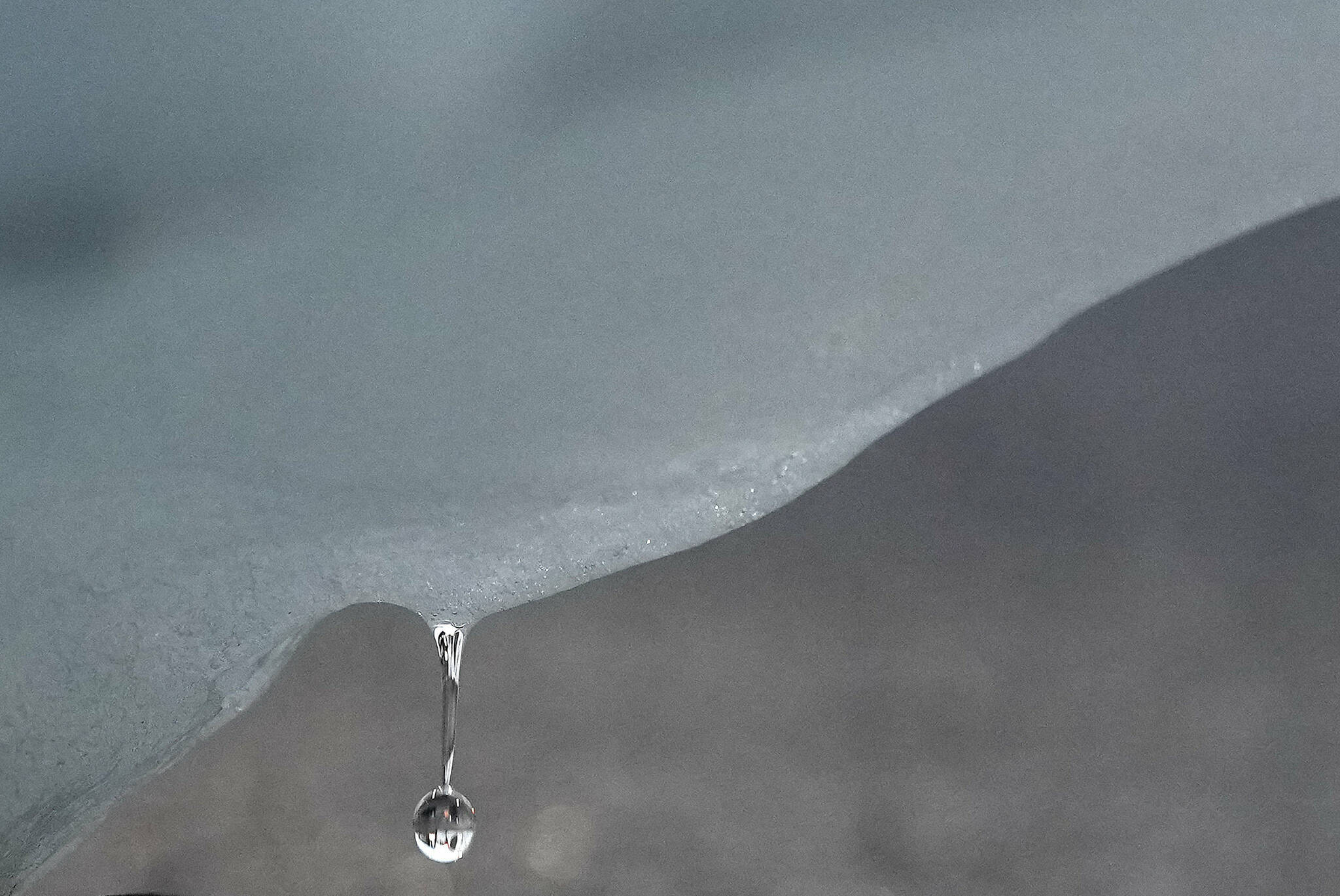Research suggests that rain will become more common in the Arctic than snow and, because of climate change, it could happen earlier than predicted, with severe consequences for the region’s environment, its people and its animals.
A study led by University of Manitoba researchers published Tuesday in the journal Nature Communications says greater average rainfall amounts than previously projected are possible by 2100. And autumn rains could overtake snowfall 20 years earlier than first thought because of rapid global warming and loss of sea ice.
“When we talk about this happening in 2100, it seems like such a long time away, but it’s only 80 years,” said Michelle McCrystall, the study’s lead researcher and a post-doctoral fellow at the university.
“That’s the next generation. And if we continue the trajectory that we’re going, a lot of issues might happen even faster than what we’ve projected.”
McCrystall said the consequences of increased rain in the Arctic are huge, including flooding and melting of permafrost upon which homes, roads and airstrips are built. A rainy North would also have devastating consequences for people and wildlife.
The study says it could bring “catastrophic starvation events” to caribou, reindeer and muskox, because thick ice crusts would form from the moisture when the air cooled, making it impossible for the animals to forage.
“It’s not just a problem for the reindeer, caribou and muskox, but for the people of the North that depend on them as well,” said Mark Serreze, co-author of the study and director of the National Snow and Ice Data Center in Boulder, Colo.
Some of the changes are already happening, McCrystall said. In August, rain fell for the first time in recorded history on the highest point of the Greenland ice sheet.
“The fact that we’re getting rainfall on the summit of Greenland right now, and that we’re maybe going to get more rainfall into the future — it kind of staggers me.”
McCrystall said it has always been known that precipitation patterns will change in the Arctic because of climate change, but not at the rate that’s being seen now.
“Our projections show this will be much more intense and much more extreme than we previously thought it might be.”
McCrystall said the implications of more rain in the Arctic mean that mitigating measures, including the Paris agreement’s target of limiting global warming to 1.5 degrees Celsius, are even more critical.
“If we can fall within this 1.5-degree limit, most of the Arctic at least will remain snowfall-dominated,” she said.
McCrystall said she wants the study to serve as a further wake-up call for world leaders to meet global climate targets.
“I don’t want this to be all doom and gloom. I want this to provide some incentive, that if we stay within these limits as set out by our global leaders, these changes won’t happen,” she said.
“Hopefully, this is a further example of why we need these global climate policies.”
—Emma Tranter, The Canadian Press
RELATED: VIDEO: How warming affects Arctic sea ice, polar bears

